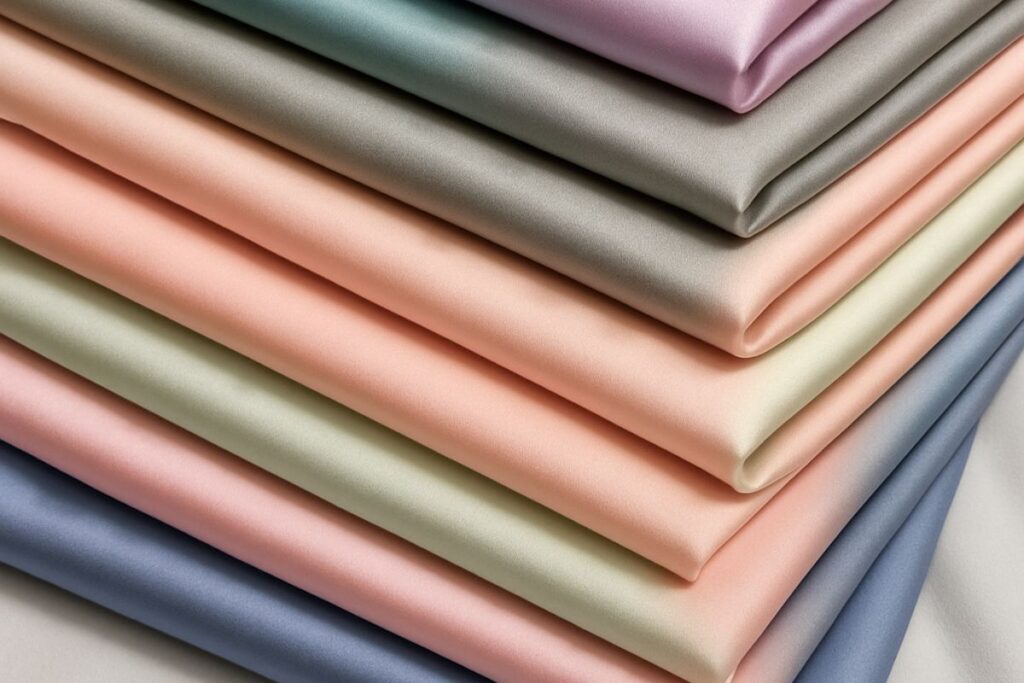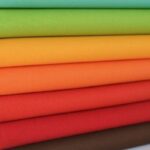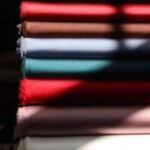Introduction to Silk

Silk has to be one of the best luxurious types of natural fiber known to man. Because of how soft, shiny and strong it is, it has been a textile staple for thousands of years. Even with the evolving fashion trends and the introduction of synthetic textiles, silk would still be regarded as one of the most prestigious fabrics due to its unparalleled qualities.
What is Silk Fabric?
It is a natural protein fiber, primarily created by silkworms from the Bombyx mori species, and silk is one of the fabric used all over the world, including the USA. Countries like the US buy silk from all over the globe for fashion, and decoration purposes. Silk is also used for industrial purposes. When woven into textiles, silk fabric has a smooth and glistening texture and is used in several types of clothes.
Historical Uses of Silk
So, what was silk used for in ancient times?
It was exclusively used in China over 5000 years ago. First it was preserved only for royal family members then it became a significant product for trade especially on the Silk Road.
The historical uses inclused:
- Currency for silk trade
- Royal and ceremonial gowns
- Religious and political paintings
- Decorating furniture in rich households
Modern-Day Uses of Silk
Today, what is silk used for?
Silk has adapted well to modern needs. While fashion remains a dominant market, its utility spans several industries:
| Use Case | Description |
|---|---|
| Clothing | Dresses, ties, scarves, shirts, lingerie due to its soft drape and elegance |
| Home décor | Curtains, pillowcases, upholstery for a touch of luxury |
| Bedding | Silk sheets and pillowcases for skin and hair benefits |
| Medical uses | Biocompatible silk used in sutures and tissue engineering |
| Cosmetics & care | Silk proteins added to skin and hair products for softness and hydration |
Key Characteristics of Silk
Identifying silk’s tangible features explains why it has remained popular over time:
- Luster: Shinning, lustrous beauty owing to the underlying structure in the form of triangular prism.
- Softness: Very smooth and pleasurable to touch and rub on the skin.
- Strength: An exceptionally strong natural fiber.
- Elasticity: Flexible and a little bit stretchable.
- Hypoallergenic: Typically protects against dust mites, and mold.
These characteristics not only allow silk to gain recognition in the fashion industry, but also in health and wellness sectors.
Silk Fabric in the United States
In the US, silk holds a solid market share in luxury clothing lines as well as in fashion bedding. The amount of silk fabric being brought into the country is still considerably high because of the need for high standard materials for clothing and decorating houses. Silk is preferred by American designers because of its hand, particularly for bridal gowns, evening dresses, and other couture.
Also Read: Velvet Fabric
Conclusion
Silk still maintains its high regard as a symbol of elegance and usefulness. Its enduring attractiveness and its multi functional properties, have made it one of the natural fibers that are most treasured, whether found in ancient robes or modern bedrooms. From the historical uses of Silk to its pivotal place in contemporary textile industry, silk is a fabric that transcends trends.
Frequently Asked Questions (FAQs)
1. Which products still use silk today?
Silk finds modern applications in clothing, pillows, luxurious home furnishings, and even in the medical field as surgical sutures.
2. Why is it that silk indicates high social class?
Silk is expensive due to its smooth surface, natural shine and scarcity in the market.
3. Is silk suitable for one’s skin?
Silk retains moisture on the skin, and is breathable and hypoallergenic, making it ideal for pillows and beddings, so yes.
4. What is the process of making silk?
Silk comes from the cocoons of silkworms which are processed into long strands by being boiled and unwound to be woven into fabric.
5. Who are the top buyers of silk fabric?
Japan, Europe, and the United states are some of the biggest luxury goods market silk fabric consumers and import it in bulk.



